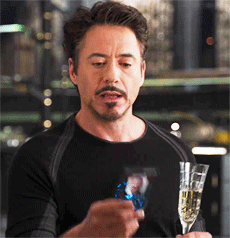How Champagne Was Discovered From a Beautiful Mistake
Jan 05, 2015 23:29
Champagne almost didn't happen. That cup of bubbly was actually a mistake when winemakers in Champagne, France were focussed on making still wine. Thankfully, they didn't just scrap the mistakes they made.
The winemakers in 1700s didn't understand how mysterious bubbles were ending up in the bottle.

Years later, they learned that fermentation was prematurely halted during the typical cool fall season.

Wine simply went into hibernation for the winter.
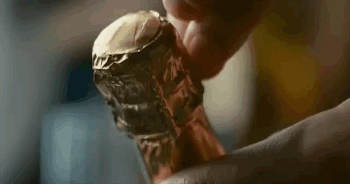
It was then a monk who paid some attention to vineyard techniques. His name Dom Perignon. Sounds familiar? He focused his efforts on refining techniques to prevent springtime fermentation.
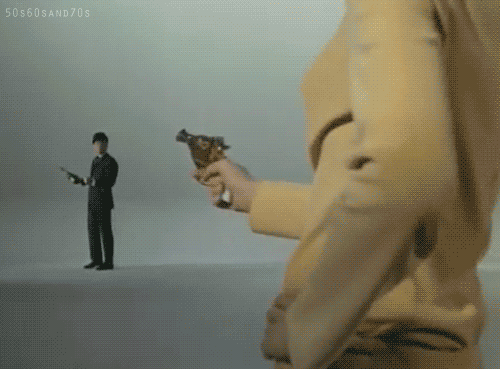
A decade later, Madame Clickquot discovered methods that resulted in pristine clairty. Modern advances allowed the understanding of physics and the beverage we drink today.
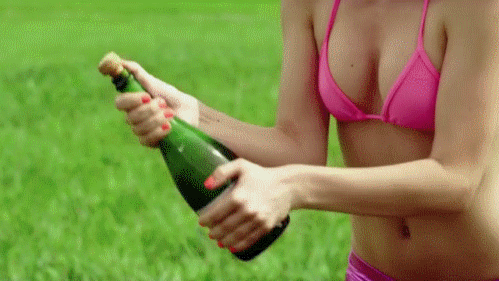
Call it a beautiful mistake if you will. Jean-Antoine Chaptal realized that the delayed finish of primary fermentation took place because of residual sugar in the wine.
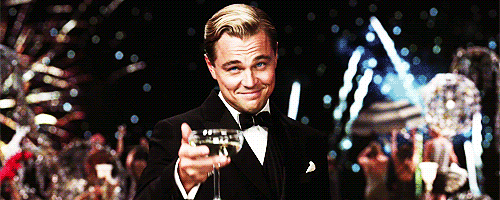
He suggested to add sugar before fermentation to increase the alcohol.Using concentrated grape juice instead of cane sugar improved quality.
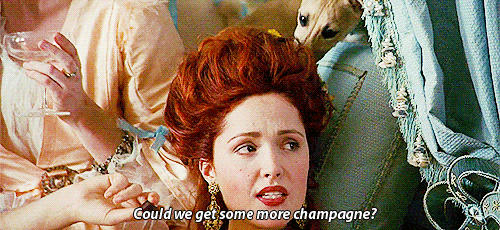
Finally, a pharmacist named Andre Francois in 1836 fine tuned the amount of sugar to add to create the spritz without breaking the bottle.
